Provide robust learning for Schools with The Green LMS
Green LMS provides a robust digital foundation for all aspects of learning. Educate your learners during their formative years and prepare them for trade school, college, or professional careers by utilizing an LMS to develop a hybrid mix of remote and collaborative learning experiences.
Benefits of the Green K12 LMS
Learning Management System for School
Schools are increasingly adopting Learning Management Systems (LMS) to enhance the student learning experience. Green LMS Solutions is at the forefront of this technological shift, offering an exceptional LMS solution for school districts, K-12 institutions, and higher education establishments. It systemically manages all learning activities, conducts online classes, and facilitates efficient student evaluation with a few simple clicks.
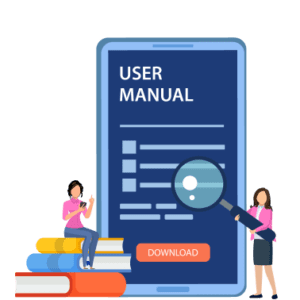
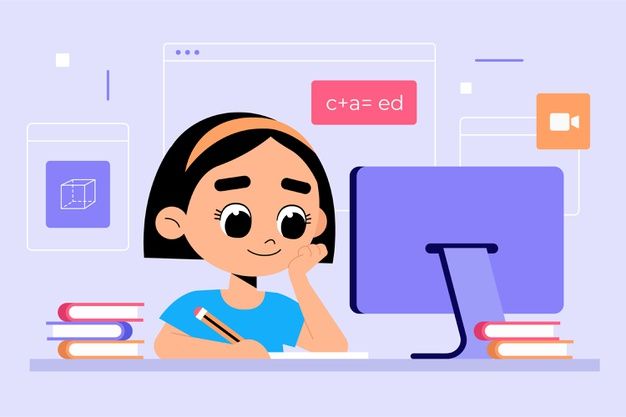
Key features of Green LMS for School
Green School Learning Management Systems (LMS) are equipped with various features that enhance the digital learning experience for both educators and learners. The distinctive features of Green LMS that set it apart from other top LMS solutions.
Adaptable Learning Paths
Unlike many LMS platforms, Green LMS allows for the creation of customizable learning paths. This ensures that each learner’s individual needs and learning pace are taken into account, enhancing the effectiveness of the learning process.

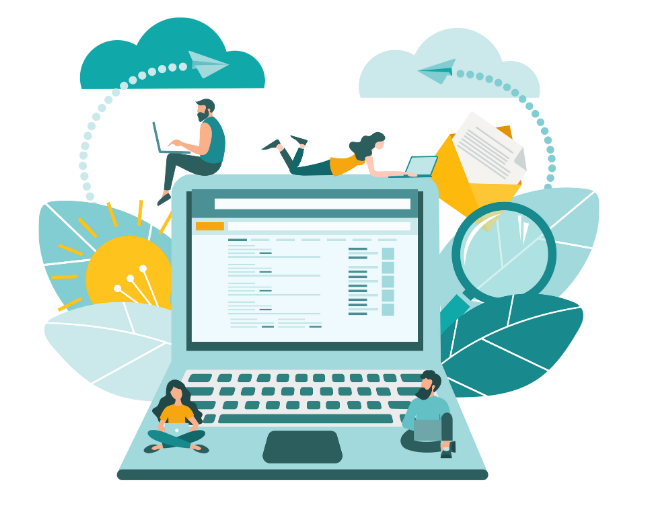
Efficient Course Management
Green LMS excels in streamlining the management of courses. Educators can effortlessly create, edit, assign, and delete courses. Additionally, interactive features like wikis, chat rooms, forums, quizzes, and assignments transform online courses into engaging learning experiences.
Intuitive User Interface (UI)
The cornerstone of a user-friendly LMS is an intuitive UI. Green LMS has a platform which is easily navigable, with logically organized menus and a clean, uncluttered design. It becomes easier for learners and instructors to use, it is engaging with the materials and motivates in completing the courses.
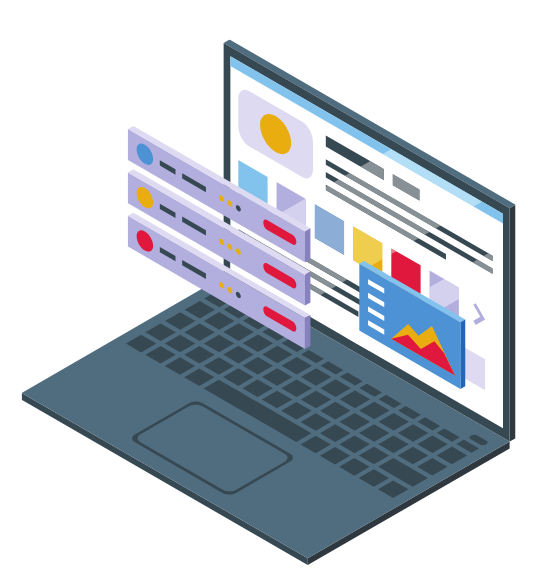

In-depth Reporting
Green LMS goes beyond traditional LMS offerings with its advanced reporting capabilities. It provides detailed insights into student performance, and its scheduling report feature allows for automated generation and dispatch of custom reports.
Multi-tenant Learning Management
Green LMS stands out with its multi-tenant capabilities, enabling simultaneous training of diverse learner groups from a single platform. This makes it particularly suitable for educational institutions with multiple branches or campuses.
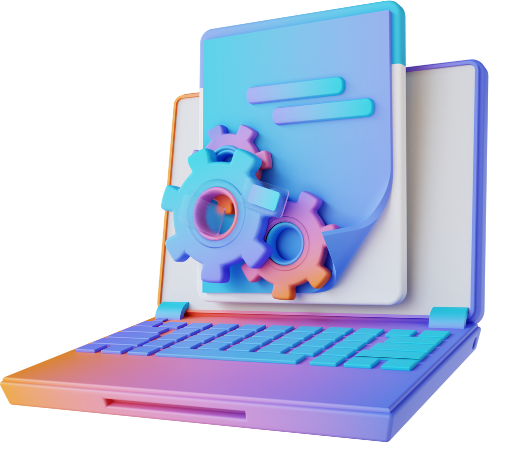
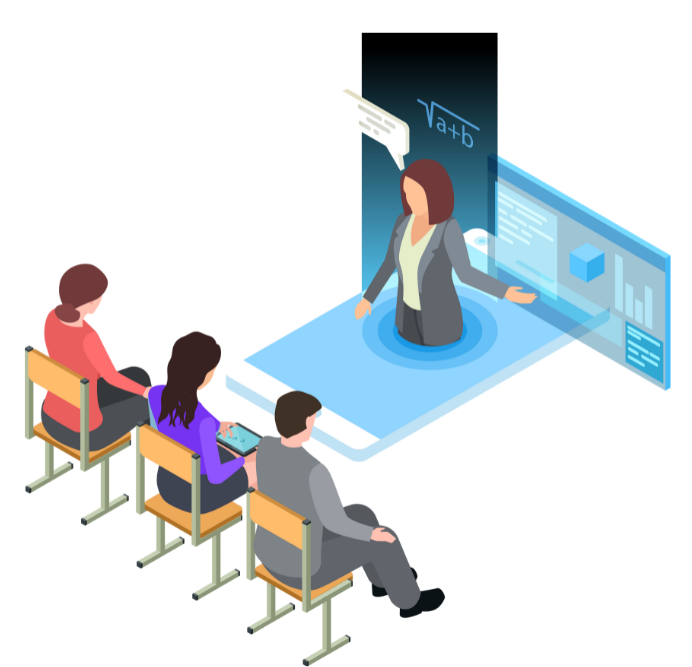
Integrated Virtual Classroom
Unlike many LMS solutions, Green LMS includes an integrated virtual classroom feature. Compatibility with various web-conferencing tools and interactive features like whiteboards, breakout rooms, and polling make learning more engaging.
Social Learning Support
Today’s learners crave Facebook and Linkedin like interactive and collaborative learning experiences. Green LMS has Social Wall and supports social learning features, including discussion forums, chats, videos, peer-to-peer interactions, fostering a sense of community and enhancing the learning experience.
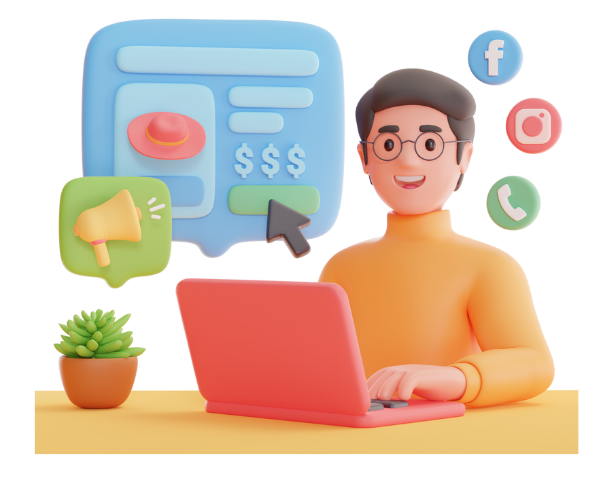
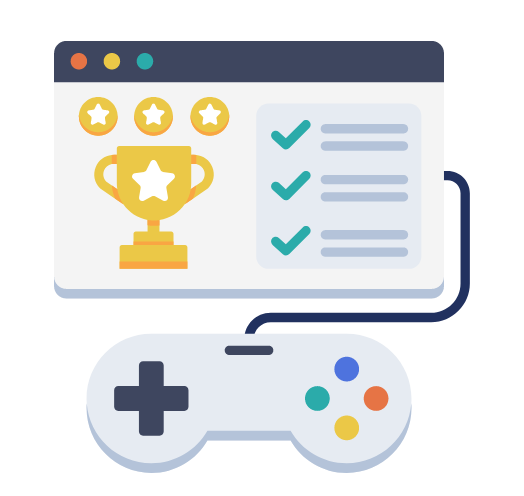
Gamification
To make remote learning more exciting and interesting, Green LMS introduces gamification into the learning process. This keeps learners motivated and engaged, enhancing the overall learning experience.
Mobile Learning Support
Green LMS supports mobile learning, enabling learners to access educational content anytime, anywhere. This mobile-friendly platform delivers a versatile and immersive virtual learning experience, which is not always found in other LMS solutions.

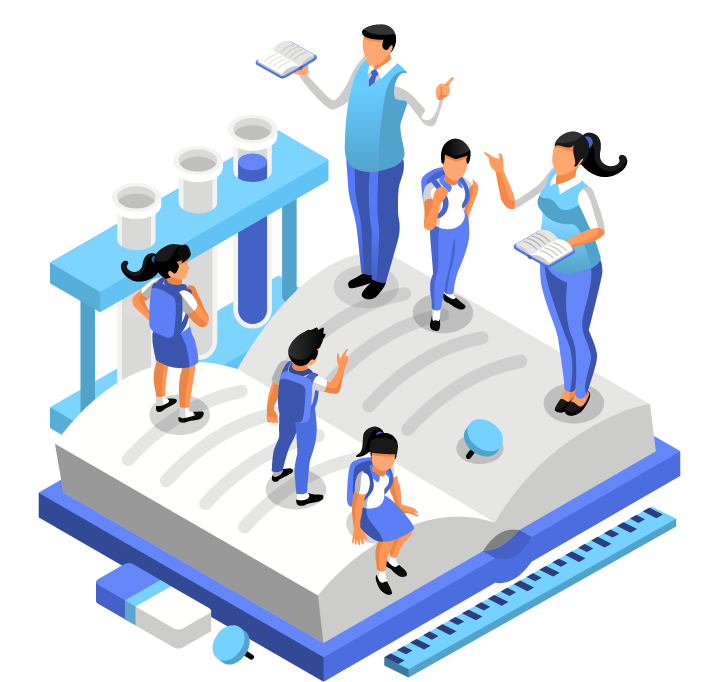
Flipped Classroom Approach
Green LMS embraces the flipped classroom approach, allowing learners to study at their own pace using integrated audio-visual learning materials. This approach ensures a more flexible and personalized learning experience.
Differential Learning
Each child in unique in its own manner. Some are good at theory, some at Practicals, some at analyzing or leadership skills. Green Education LMS for school gives an environment where a holistic approach can be adopted for the child’s overall learning process.


Dashboard
Green School LMS provides with unique Personalised Teacher, Student, Administration and Parent dashboard.
Multimedia Integration
In the age of digital learning, multimedia integration is a non-negotiable feature. Green LMS supports various multimedia elements, including videos, slideshows, PDFs, podcasts, and webinars, to cater to diverse learning preferences and enhance the learning experience.


Assessment and Testing Tools
To gauge learner comprehension and progress, Green LMS includes a comprehensive suite of assessment tools. These may range from quizzes and multiple-choice tests to assignments and interactive scenarios, providing valuable feedback to both learners and educators.
Leaderboard
Gamification, the incorporation of gaming elements into learning, is a powerful tool to boost learner engagement and motivation. Elements such as points, badges, level boards, and achievements can make learning more enjoyable and foster a competitive spirit among learners.
.
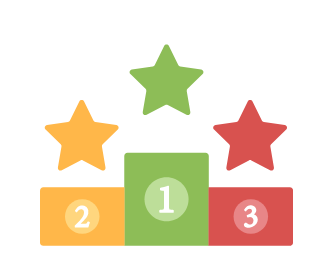

Integration Capabilities: Green LMS
integrates seamlessly with other software systems, such as student information systems, HR systems, or CRM platforms. This enables a streamlined flow of data across systems, enhancing efficiency and providing a more holistic view of learner progress.
Security
Given the sensitive nature of the data handled by an LMS, strong security measures are essential. Green LMS includes features like data encryption, secure login, and compliance with privacy regulations to protect both the institution’s and the learners’ information.


Customization and Scalability
Every organization has unique learning needs. Green LMS is customizable to align with these needs and scalable to accommodate growth or changes over time. This includes the ability to add custom branding, modify course structures, and scale user capacities as needed.
Empower Modern learners with modern learning solutions
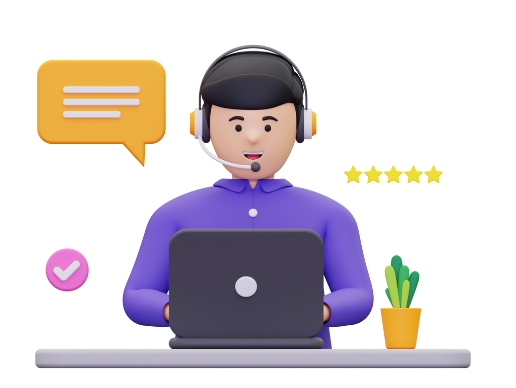
FAQ
Why Choose Green LMS Solutions?
Green LMS a cloud-based learning managements system, we offer a top-tier learning management system for schools in worldwide. We deliver powerful eLearning solutions for K-12 institutions, providing an integrated learning system for a customized learning environment. Our LMS solution easily integrates with other necessary applications, offering a seamless learning experience to your organization.
What are the benefits of an Green School LMS?
In an era where technology and education are intertwined, Learning Management Systems (LMS) have become instrumental in the world of eLearning. Green school LMS offers a host of advantages, transforming the way educators delivers content and students absorb information. Let’s delve into the myriad benefits that an Green LMS offers.
1: Centralized Learning:
An LMS provides a centralized source of learning where all educational content – courses, videos, presentations, documents – is stored in one place. It reduces the risk of losing important data and ensures consistency in the learning process.
2: Greater Accessibility:
With an LMS, learning is not confined to a traditional classroom or typical school hours. Students can access course materials anytime, anywhere, provided they have an internet connection. This flexibility caters to different learning styles and paces, enabling a more personalized learning experience.
3: Efficient Tracking and Reporting:
An LMS provides robust tracking and reporting features, allowing educators to monitor student progress, engagement levels, and performance. Such insights can guide instruction, identify students who may need additional support, and measure the effectiveness of the educational content.
4: Cost and Time Effective:
Implementing an LMS eliminates the costs associated with traditional classroom learning, such as travel, accommodation, and printed materials. Additionally, it saves time for both learners and educators by streamlining the course administration process and allowing learners to progress at their own pace.
5: Scalable Learning:
An LMS is highly scalable, making it easy to add new users and courses. Whether an institution is growing, offering new programs, or expanding its reach, an LMS can readily adapt to changing needs.
6: Interactive Learning Experience:
Many LMS platforms incorporate interactive features such as multimedia content, discussion forums, and gamification elements. These features can increase student engagement, motivate learners, and enhance knowledge retention.
7: Consistent Content Delivery:
With an LMS, every learner receives the same content in the same manner. This ensures consistency in the delivery of the material, which is particularly important for organizations that need to comply with regulatory training requirements.
8: Easy Content Update:
In a rapidly evolving educational landscape, content may need to be updated frequently. An LMS makes it easy to update course materials, ensuring that learners always have access to the most current and relevant content.
9: Enhanced Communication and Collaboration:
An LMS can foster communication and collaboration among learners through discussion boards, chats, and social learning features. These platforms can also facilitate communication between learners and instructors, creating a supportive and interactive learning environment.
10: Personalized Learning Paths:
With an LMS, educators can create personalized learning paths for students, tailoring the educational experience to individual needs, abilities, and learning goals. This can lead to better learning outcomes and greater student satisfaction. In conclusion, an LMS offers numerous benefits, making it an invaluable tool in modern education. Whether for a school, a university, or a business, an LMS can transform the learning
experience, making it more engaging, efficient, and effective.”
How can school LMS aid teachers and students?
Green LMS for corporate support self-paced learning, which means the learners can begin completing their targets anytime they want. They can also arrange a flexible learning schedule that will allow them to meet their needs.
1: Streamlining Teaching Processes for Educators:
An LMS simplifies and streamlines many of the administrative tasks that consume educators’ time. From creating, organizing, and distributing course content to grading assignments and monitoring student progress, an LMS consolidates these tasks into one platform. This allows teachers to focus more on teaching and less on paperwork.
2: Facilitating Personalized Learning:
Teachers can tailor the learning process to meet the individual needs of each student. They can create personalized learning paths, set learning goals, and even adjust the pace of instruction for each student. This customization ensures a more engaging and effective learning experience.
3: Enhancing Communication:
An LMS facilitates real-time communication between teachers and students. Features such as messaging, discussion forums, and virtual classrooms allow for ongoing dialogue, immediate feedback, and collaborative learning. These features can also help to build a strong learning community, fostering a sense of connection and belonging among students.
4: Empowering Students to Learn at Their Own Pace:
With an LMS, learning can occur anytime, anywhere. Students have access to course materials, assignments, and resources 24/7, allowing them to learn at their own pace and on their own schedule. This self-paced learning approach can lead to better comprehension and retention of the material.
5: Offering a Multitude of Resources:
An LMS provides students with a wealth of resources at their fingertips. In addition to course materials, students can access supplementary resources such as e-books, videos, podcasts, and interactive content. This wealth of resources caters to different learning styles, ensuring that all students have the tools they need to succeed.
6: Providing Instant Feedback and Progress Tracking:
Students can receive immediate feedback on quizzes and assignments, allowing them to identify areas of strength and areas for improvement. Additionally, progress tracking features enable students to monitor their own learning journey, fostering a sense of responsibility and motivation.
7: Promoting Collaboration and Peer Learning:
Many LMS platforms include features that promote collaboration, such as group projects, discussion forums, and peer review assignments. These features not only enhance learning but also teach valuable skills such as teamwork, communication, and critical thinking. In conclusion, a school LMS aids teachers in managing their workload and enhances their teaching effectiveness. At the same time, it empowers students to take charge of their learning, provides them with a wealth of resources, and creates a dynamic, interactive, and engaging learning environment. As such, it’s a win-win solution for both teachers and students.”
How does Green LMS improve the quality of teaching and learning?
Green Learning Management Systems (LMS) is transforming the educational landscape by providing dynamic and flexible learning environments. Green LMS digital platform has a profound impact on the quality of teaching and learning, and here’s how:
1: Personalized Learning Experience:
Green LMS allows for the creation of customized learning paths tailored to the needs, pace, and
preferences of individual students. This personalization boosts student engagement, motivation, and ultimately, learning outcomes.
2: Consistent Delivery of Content:
The centralized nature of Green LMS ensures consistent delivery of educational content. Every student receives the same high-quality instruction, regardless of their location or the time of access, promoting fairness and equality in the learning process.
3:Enhanced Student-Teacher Interaction:
Through features like discussion forums, chats, and video conferencing, Green LMS facilitates real-time interaction between teachers and students. This immediate and constant communication fosters a more supportive and collaborative learning environment.
4: Data-Driven Insights:
Green LMS provides a wealth of data on student performance, engagement, and progress. These insights can inform teaching strategies, helping educators identify areas where students might be struggling and adjust their instruction accordingly.
5: Resource Accessibility:
Green LMS provides students with 24/7 access to a wide array of learning resources, from course materials to supplementary content like videos, podcasts, and interactive exercises. This accessibility not only caters to different learning styles but also allows students to learn at their own pace.
6: Efficient Assessment and Feedback:
Green LMS platform streamlines the assessment process, with features that allow for automatic grading, instant feedback, and detailed analytics. This quick turnaround helps students identify their strengths and weaknesses, enhancing their learning.
7: Foster Collaboration and Peer Learning:
Green LMS platform includes collaborative tools that encourage students to work together on projects or participate in discussion forums. This collaboration enhances learning by exposing students to diverse perspectives and promoting critical thinking.
8: Professional Development for Educators:
Green LMS isn’t just for students. It can also serve as a professional development tool for educators, offering a platform for sharing teaching resources, best practices, and new instructional strategies.
What factors to consider before implementing a learning management system in schools?
Key Considerations before Implementing a Learning Management System (LMS) in Schools The implementation of a Learning Management System (LMS) in schools can be a game- changer in the way teaching and learning occur. However, before jumping on the LMS bandwagon, there are several critical factors to consider to ensure it aligns with your school’s needs and goals.
1: Define Your School’s Needs and Goals:
The first step in choosing an LMS is to clearly identify your school’s instructional needs and goals. What challenges are you trying to solve? What functionality and features do you require? The answers to these questions will guide your decision-making process.
2: User-Friendly Interface:
An LMS should have an intuitive, easy-to-navigate user interface. Both teachers and students should be able to use the system effortlessly without requiring extensive technical knowledge.
3: Content Compatibility:
Ensure the LMS supports various types of content formats (PDF, Video, Audio, etc.). It should also be compatible with SCORM or xAPI, which are widely used standards for web-based learning content.
4: Personalization Capabilities:
The LMS should allow for personalized learning paths, accommodating different learning styles,
paces, and preferences of individual students.
5: Collaborative Tools:
Check if the LMS includes collaborative features like discussion forums, group projects, and chat
options. These tools can enhance student engagement and promote a collaborative learning
environment.
6: Assessment and Reporting:
Assessment tools for grading and evaluating student performance are crucial. Moreover, comprehensive reporting and analytics can offer valuable insights into student progress and areas of improvement.
7: Scalability:
Your chosen LMS should be scalable, meaning it can accommodate an increasing number of users and content as your school grows.
8: Integration:
The LMS should easily integrate with other existing systems in your school, such as Student Information Systems (SIS), content management systems, or email platforms.
9: Technical Support:
Reliable technical support from the LMS provider is crucial. Teachers and students should have access to timely assistance whenever they encounter issues with the system.
10: Budget and Return on Investment (ROI):
Last but certainly not least, consider your budget. However, don’t just consider the initial cost. Think about the long-term return on investment. A more expensive LMS might offer more features and save you money in the long run by increasing efficiency and student success. Taking the time to carefully consider these factors can make the difference between a successful LMS implementation that revolutionizes teaching and learning in your school, and a costly mistake. Remember, the best LMS is the one that most effectively meets your school’s unique needs and goals.


